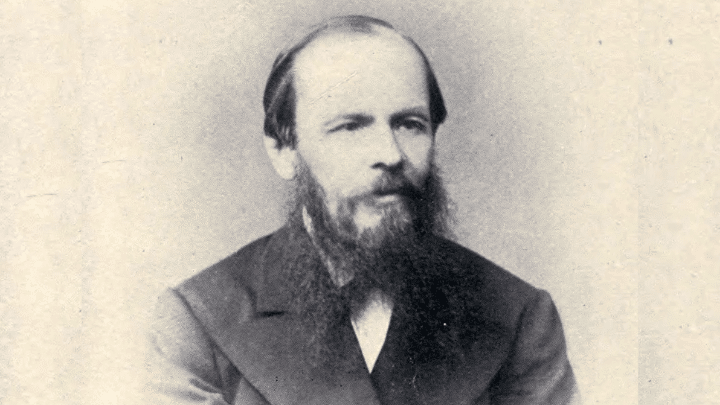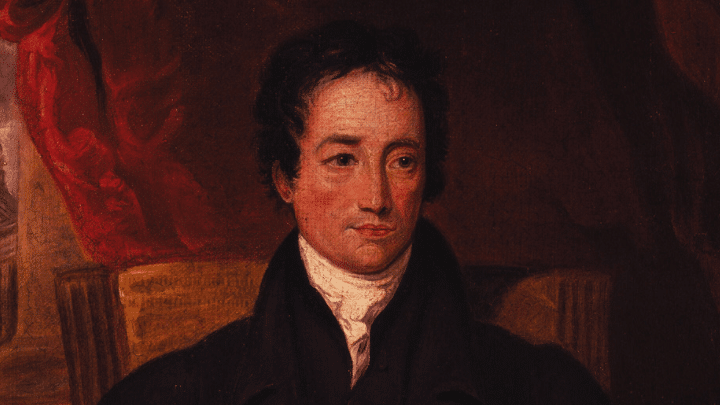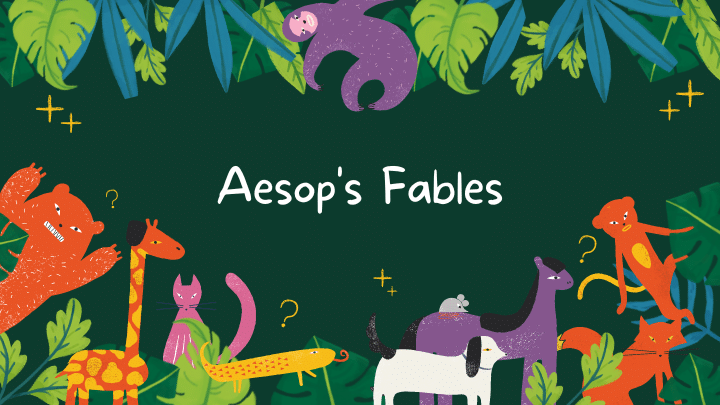15 Best Kurt Vonnegut Short Stories You Must Read

The world of literature has been graced with many talented authors, but few have made as lasting an impact as Kurt Vonnegut. Born on November 11, 1922, in Indianapolis, Indiana, Vonnegut became one of the most influential writers of the 20th century. Known for his satirical literary style, black humour, and keen observations of humanity, his works have left a lasting impression on generations of readers. This American author penned 14 novels, three short story collections, five plays, and five non-fiction works during his prolific career, but it was his expertise in the short story format that set him apart from his contemporaries.
Vonnegut began his literary career as a short story writer in the 1950s. His early stories appeared in major magazines of the day, and he soon earned recognition for his unique narrative style that blended elements of satire, black humour, and science fiction. With themes ranging from societal norms and morality to technology’s impact on humanity, Vonnegut’s stories, though often set in fantastical realities, resonated deeply with the social and cultural milieu of the times.
His short stories provide a sharp and insightful exploration of human nature and society. Despite their brevity, these narratives are packed with depth, highlighting the strengths and weaknesses of humanity in ways that are thought-provoking and often unsettling. These stories, characterized by their imaginative premises, distinctive characters, and poignant commentaries, serve as a testament to Vonnegut’s genius and his profound understanding of the human condition. Whether you are new to his work or a long-time fan, reading Vonnegut’s short stories offers a glimpse into the mind of one of the greatest storytellers of our time.
1. Harrison Bergeron
“Harrison Bergeron” presents a dystopian future where everyone is forced to be equal in every way. In this society, those who are intellectually or physically superior are handicapped to maintain equality. Vonnegut uses this bizarre scenario to critique the notion of enforced uniformity, posing profound questions about the potential cost of absolute equality.
The story’s protagonist, Harrison Bergeron, is an extraordinarily gifted individual, hampered by the oppressive government to prevent him from outshining others. Vonnegut’s vivid descriptions and incisive social commentary make this story a haunting reminder of how attempts to achieve equality can be manipulated to suppress individualism and freedom.
2. Welcome to the Monkey House
In “Welcome to the Monkey House,” Vonnegut imagines a world where sexuality is controlled by the government as a means of population control. The narrative is a stark critique of government overreach and the suppression of fundamental human instincts. Vonnegut’s dark humour and poignant observations make the story both entertaining and deeply thought-provoking.
The story revolves around Billy the Poet, a man who resists the government’s attempt to suppress his sexual desires. Billy’s exploits and the resulting conflict subtly expose the flaws of a society that tries to subdue human nature. The narrative is a compelling blend of satire, dystopia, and an insightful exploration of personal freedom.
3. 2 B R 0 2 B
Pronounced “to be or naught to be,” this story revolves around the concept of ‘voluntary’ population control in a society that maintains a constant population of 40 million people. The world Vonnegut creates chillingly reflects the potential consequences of extreme measures taken to achieve a seemingly utopian goal.
The story centres on Edward Wehling Jr., who, facing the tragic predicament of his soon-to-be-born triplets in a world that allows each couple only two children, takes drastic measures. As Vonnegut unspools the narrative, he challenges the readers’ notions of societal obligations and individual sacrifice, revealing the story’s shocking depths.
4. Who Am I This Time?
This story is a heartwarming exploration of love and identity. Vonnegut delves into the idea of how individuals portray different versions of themselves to the world, and how we connect with others despite our unique eccentricities. His playful examination of the human persona is both insightful and amusing.
The narrative revolves around Harry Nash, an otherwise shy hardware store clerk who transforms into vibrant characters when acting in community theatre. When he falls for a new actress, their relationship blooms within their characters’ confines. Vonnegut’s exploration of love and identity is both touching and profound in this captivating story.
5. Tomorrow and Tomorrow and Tomorrow
Named after a line in Shakespeare’s Macbeth, Vonnegut extrapolates a future where a special anti-aging serum, called Anti-Gerasone, has resulted in overcrowding and a significant socio-economic gap. Vonnegut’s skilful portrayal of this bleak future highlights the dark side of the pursuit of immortality.
The story centres on Malachi and Lou, members of the extended Schwartz family, living in a one-room apartment. The serum’s availability has caused people to live for hundreds of years, with the wealthy getting richer and the poor, poorer. Vonnegut cleverly uses the premise to comment on societal inequalities and the dangerous potential of unchecked scientific advancements.
6. EPICAC
“EPICAC” tells the story of a supercomputer that develops the ability to love. The tale is a touching exploration of emotions, sacrifice, and the blurred line between man and machine. Vonnegut’s keen observations on human feelings and their potential replication in machines strike a poignant chord.
The story is narrated by a programmer who unwittingly becomes part of a love triangle involving his coworker and the computer. As EPICAC’s understanding of love deepens, the computer’s ultimate act of sacrifice offers a profound perspective on the nature of love and consciousness, creating a deeply moving narrative.
7. The Foster Portfolio
In “The Foster Portfolio,” Vonnegut explores the themes of hidden wealth and the pursuit of happiness. The story centres around Herbert Foster, who possesses a massive inherited fortune, but chooses to live a humble life in fear of losing his freedom to the trappings of wealth.
The story unfolds from the perspective of a young financial advisor, assigned to Herbert Foster’s portfolio, who discovers Foster’s secret wealth. The encounter and the subsequent revelation lead to a dramatic climax, showcasing Vonnegut’s ability to masterfully explore human complexity and the paradox of wealth and happiness.
8. Report on the Barnhouse Effect
“Report on the Barnhouse Effect” introduces readers to the concept of ‘Dynamopsychism,’ the power to manipulate physical reality using the mind. The story centres on Professor Arthur Barnhouse, who discovers this power during a game of craps, triggering a series of events with potentially devastating consequences.
As the tale unfolds, Vonnegut uses the concept to delve into the potential and perils of absolute power. The narrative subtly critiques the military-industrial complex and its quest for power, reinforcing Vonnegut’s recurring themes of responsibility and the ethical use of power.
9. All the King’s Horses
“All the King’s Horses” presents a chilling narrative of a group of American prisoners of war forced to participate in a game of human chess by a Communist general. Vonnegut uses the premise to critique war, power dynamics, and human survival instincts, making it a gripping and thought-provoking read.
Through the game, Vonnegut explores the idea of people reduced to mere pawns in the grand scheme of geopolitical power struggles. The tension escalates with each move on the chessboard, culminating in a dramatic conclusion that encapsulates the senseless brutality of war.
10. Any Reasonable Offer
This tale is a satirical commentary on American consumerism, positing the idea that everything – including a spouse – can be a commodity with a price tag. Vonnegut’s sharp wit and incisive critique of materialistic society make this story both amusing and deeply reflective.
The story follows the life of a real estate agent who decides to sell his wife to the highest bidder. As the narrative progresses, Vonnegut exposes the absurdity and dehumanizing aspect of commodification, ultimately questioning the values of a society driven by material gain.
11. Deer in the Works
“Deer in the Works” offers a critique of industrialization and corporate culture. The story’s protagonist, David Potter, is an aspiring writer who takes a PR job at a massive corporation, only to find himself lost in the labyrinth of corporate bureaucracy.
Vonnegut uses this setting to highlight the struggle of an individual to maintain his identity and freedom amidst the faceless machinery of a large corporation. The symbolism of a deer stuck in the factory adds a poignant layer to the narrative, underscoring the conflict between the natural world and industrial progress.
12. Miss Temptation
Vonnegut uses the character of a beautiful young actress, Susanna, in “Miss Temptation,” to explore judgment, beauty, and human interaction. Through Susanna’s encounters with a young soldier, Fuller, Vonnegut discusses societal perceptions and the often misguided judgments based on appearances.
As Fuller confronts Susanna with his prejudiced views on her beauty, their interaction exposes his own insecurities and prejudices. Vonnegut’s insightful exploration of beauty and society’s obsession with it makes this story a compelling critique of our value systems.
13. Thanasphere
“Thanasphere” ventures into the realm of science fiction, imagining a layer of the atmosphere where the spirits of the dead reside. Major Allen Rice, the astronaut protagonist, communicates with these spirits during his mission, triggering profound questions about life, death, and the possibility of an afterlife.
As Rice recounts his encounters, Vonnegut explores the metaphysical implications of such a discovery. The narrative delves into themes of mortality, human connection, and the eternal quest to understand the mystery of death, making it a profoundly engaging read.
14. Mnemonics
“Mnemonics” centres around a man with an exceptional memory. He remembers every detail of his life, down to the most minute events. Vonnegut uses this character to explore the double-edged nature of memory, a blessing in its capacity to retain and a curse in its inability to forget.
As the protagonist struggles with his overwhelming memory, the narrative unravels the repercussions of remembering too much. The story becomes a thought-provoking commentary on memory, its role in forming our identities, and the burden of an inability to forget.
15. The Package
“The Package” delves into the American Dream’s post-war interpretation, focusing on the relentless pursuit of material success. Vonnegut presents a middle-class couple, Earl and Maude Fenton, who epitomize the societal obsession with appearances and prosperity.
As they narrate their journey from humble beginnings to comfortable prosperity, Vonnegut satirizes the notion of material success as the yardstick for happiness. The narrative subtly critiques the hollow nature of materialism and the dangers of defining one’s worth through wealth and possessions.
Conclusion
Kurt Vonnegut’s collection of short stories provides an intimate glance into his mind, skillfully balancing a mix of humour, satire, and social commentary. Each narrative, distinct in its premise, engages readers with its depth, offering a mirror to society and human nature. Vonnegut’s adept handling of the short story format allows for impactful storytelling, each tale thoughtfully crafted to leave a lingering aftertaste.
His stories continue to captivate readers with their thought-provoking themes and characters. Vonnegut’s exploration of human experiences, social norms, and the quirks of life, all through his characteristic satirical lens, has made him one of the most iconic and cherished writers. Whether you’re delving into his works for the first time or revisiting them, the genius of Vonnegut’s storytelling guarantees an enriching and unforgettable literary journey.






